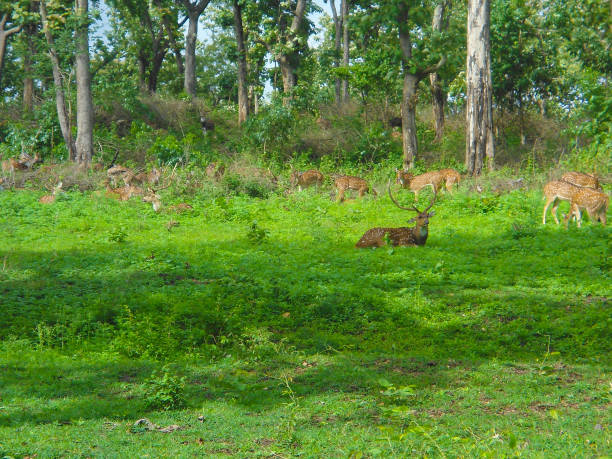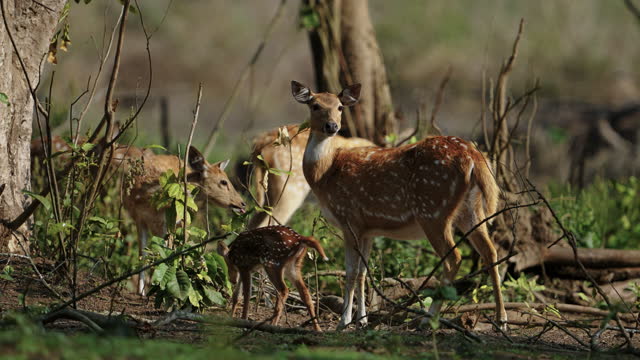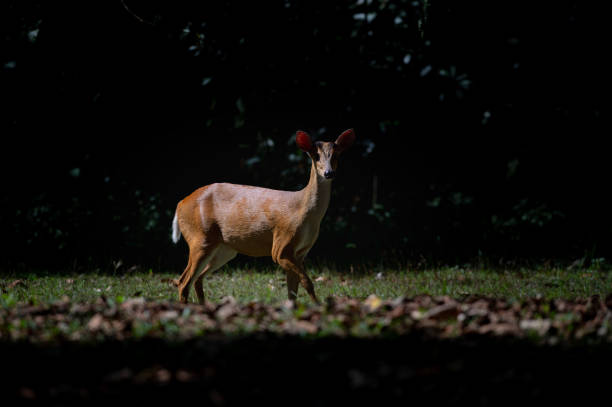Exploring the Natural Splendor of Govind Pashu Vihar National Park: A Wildlife Haven in India

Introduction: Nestled in the pristine wilderness of the Himalayan foothills lies a treasure trove of biodiversity – Govind Pashu Vihar National Park. Spread across the picturesque landscapes of Uttarkashi district in Uttarakhand, India, this national park stands as a testament to India’s commitment to conservation and preserving its natural heritage. In this article, we embark on a journey to uncover the wonders of this sanctuary, delving into its rich biodiversity, unique features, conservation efforts, and the experiences it offers to nature enthusiasts and wildlife lovers alike.
A Natural Haven: Introduction to Govind Pashu Vihar National Park
- Geographical location and terrain
- Historical significance and establishment of the park
- Overview of its flora and fauna
2. Wildlife Wonderland: Flora and Fauna of Govind Pashu Vihar
- Rich diversity of mammals, including the elusive snow leopard, musk deer, and Himalayan tahr
- Avian wonders: birdwatching opportunities and species diversity
- Unique plant species and their ecological importance

3. Conservation Efforts and Challenges
- Role of Govind Pashu Vihar in conserving endangered species
- Conservation programs and initiatives undertaken by park authorities
- Challenges faced in preserving the fragile Himalayan ecosystem
4. Experiential Tourism: Exploring Govind Pashu Vihar
- Trekking trails and adventure opportunities
- Wildlife safaris and guided tours
- Camping and eco-lodges for immersive nature experiences
5. Cultural Heritage and Local Communities
- Indigenous communities and their traditional knowledge
- Cultural significance of the park in local folklore and traditions
- Sustainable livelihood initiatives and community-based conservation efforts

6. Ecological Importance and Global Significance
- Contribution to watershed management and biodiversity conservation
- Climate resilience and ecological services provided by the park
- International recognition and collaborations for conservation efforts
7. Visitor Guidelines and Responsible Tourism
- Code of conduct for visitors to minimize ecological impact
- Importance of responsible tourism practices in sensitive ecosystems
- Supporting local communities and contributing to conservation efforts
8. Future Prospects and Conservation Outlook
- Potential threats and mitigating strategies
- Expansion of protected areas and corridors for wildlife movement
- Engaging stakeholders and fostering a culture of conservation
Conclusion:
Govind Pashu Vihar National Park stands as a beacon of hope for wildlife conservation in the Himalayas, showcasing the harmonious coexistence of nature and humanity. As we conclude our journey through its pristine landscapes and diverse ecosystems, let us remember our responsibility to protect and preserve these natural wonders for generations to come. Through collective efforts and mindful stewardship, we can ensure that places like Govind Pashu Vihar continue to thrive as sanctuaries of biodiversity and sources of inspiration for all who seek solace in the embrace of the wild.
Govind Pashu Vihar National Park is located in the Uttarkashi district of Uttarakhand, India. It is situated in the western part of the state, near the border with Himachal Pradesh.
The national park is significant for its rich biodiversity, including a variety of flora and fauna, some of which are endangered or endemic to the region. It serves as a habitat for iconic species like the snow leopard, musk deer, and Himalayan tahr.
The nearest town to the national park is Uttarkashi, which is well-connected by road from major cities like Dehradun and Delhi. From Uttarkashi, one can hire local transport or trek to reach the park’s entry points.
Visitors can engage in a variety of activities, including trekking along scenic trails, wildlife safaris to spot elusive species, birdwatching, camping, and nature photography. Guided tours are also available for a deeper understanding of the park’s ecology.
Yes, there are options for accommodation near the national park, including eco-lodges, forest rest houses, and camping sites. It’s advisable to book accommodation in advance, especially during peak seasons.
Yes, visitors are expected to follow certain guidelines to minimize their ecological impact, such as refraining from littering, respecting wildlife and their habitats, staying on designated trails, and avoiding feeding or disturbing animals.
The park authorities, along with various conservation organizations, are involved in efforts to protect and preserve the park’s biodiversity. This includes habitat restoration, wildlife monitoring, anti-poaching measures, and community engagement programs.
The best time to visit Govind Pashu Vihar National Park is during the summer and autumn months (May to October), when the weather is pleasant and wildlife sightings are more frequent. The park remains closed during the winter months due to heavy snowfall and harsh weather conditions.

